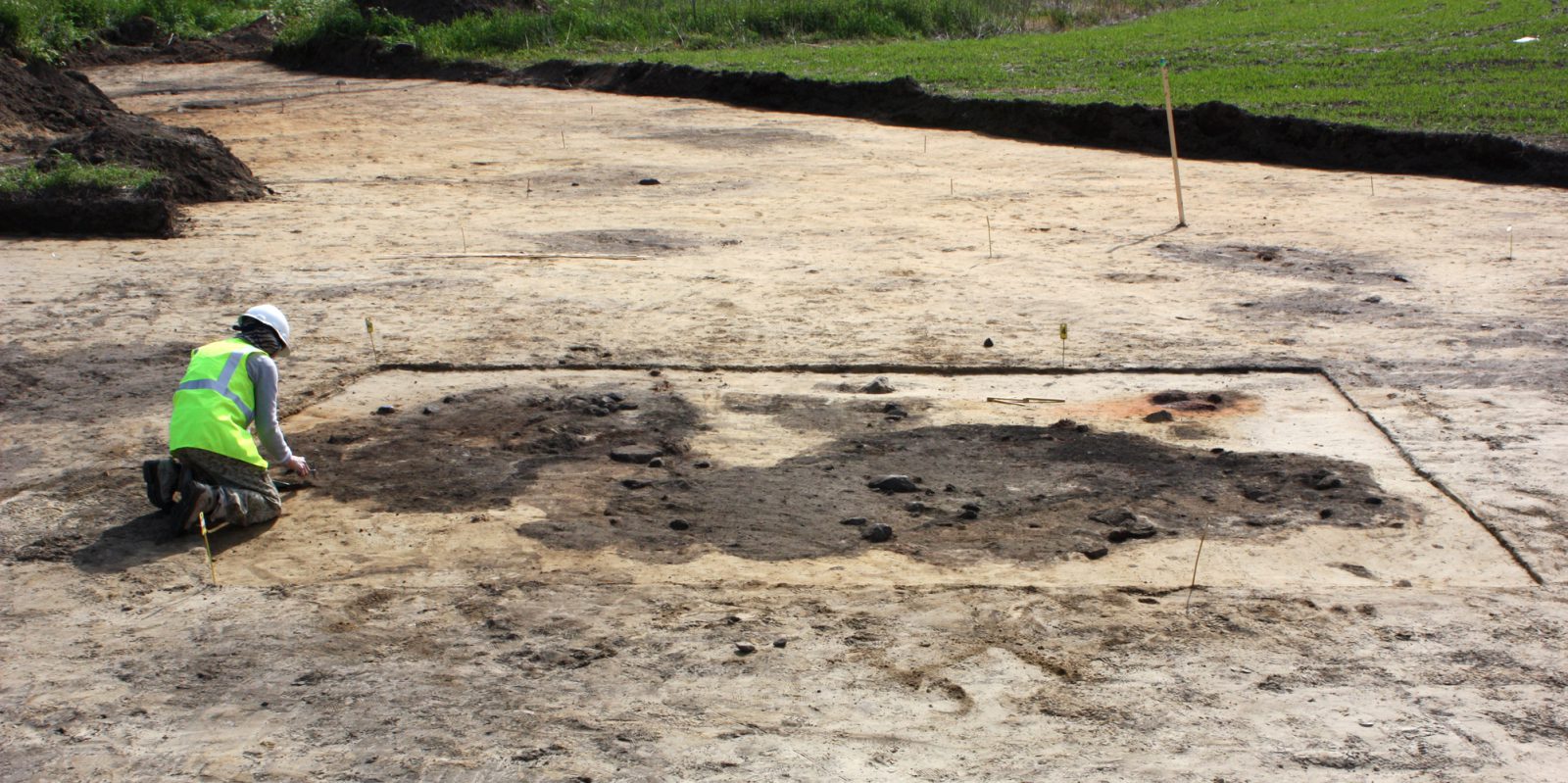
Research permits for ancient relics
Based on Section 10 of the Antiquities Act (295/63), the Finnish Heritage Agency has the right to grant another operator permission to conduct research on an ancient relic, under the conditions determined by the Agency. Research methods that will disturb a relic always require a permit.
Note! The guidelines for applying for a permit have changed and the information on this page is out of date. Up-to-date information is currently only available on the Finnish page. We aim to update the English site during 2024. If you need service in English, please contact Päivi Maaranen: paivi.maaranen[at]museovirasto.fi.
In order for a research permit to be granted, a person trained as an archaeologist must be in charge of the fieldwork. The applicant must ensure that sufficient human and financial resources are allocated to the studies.
Based on the Antiquities Act, the Finnish Heritage Agency may also grant a permit and determine the conditions for conducting research on an underwater relic. In addition to methods that disturb a relic, other operations that require a permit include the systematic documentation of an entity by photographing and/or measuring it. Permits for research that does not disturb the relic may be granted to people who are not trained as archaeologists. However, it is important that the permit applicant has taken part in marine archaeology courses intended for hobbyists and that before conducting any practical documentation work the staff of the Finnish Heritage Agency is consulted. Permits allowing research and excavations that will disturb the entity can only be granted to people and communities that possess adequate archaeological expertise in conducting fieldwork and post-excavation work, and are able to restore the site.
Permission from the Finnish Heritage Agency is not required for the archaeological research of other cultural heritage entities outside of the scope of the Antiquities Act. However, intended archaeological studies concerning entities protected by town plans must be negotiated with the Finnish Heritage Agency.
Applying for a research permit
The application for a research permit is done in writing, either by filling out the Finnish Heritage Agency’s form or writing a free-form application. A free-form application must include all the information requested in the application form. The application must be submitted well in advance before the intended fieldwork launch date. Permit applications are typically processed within 30 days. Especially when applying for a permit for more extensive and long-term research, the applicant should prepare for a longer processing time.
The processing time begins when the application process is initiated and ends once a decision has been reached. The application process is initiated when the application arrives in the Finnish Heritage Agency’s registry office. If the application is incomplete, the Finnish Heritage Agency will ask the applicant to provide the missing information within a certain time period. Any missing information will extend the permit application processing time. In urgent matters, the Finnish Heritage Agency must be contacted immediately.
The research permit application must be accompanied by a research plan providing reliable information on the research entity, goals, methods, resources and other factors affecting the realisation of the plan. The research plan can be drawn up by using the Finnish Heritage Agency’s form or alternatively by writing in free-form. A free-form plan must include the information requested in the application form. Consistent and comprehensive information will ease and speed up the application process and comparison. The quality instructions on the Finnish Heritage Agency’s website must be consulted when preparing the application.
The research permit application must include:
1. The information of the entity to be studied
2. The name and contact information of the applicant and the person in charge of the research project
3. Attachments (obligatory)
The research plan (the Finnish Heritage Agency’s form or a plan containing the form’s information)
- A statement on the fieldwork manager’s archaeological training and fieldwork experience
- A plan on the resources and their allocation
- Maps – the entity and its location must be clearly marked (a sufficient scale and zoom level)
- A statement from the Finnish Heritage Agency or a provincial museum (fieldwork conducted based on Section 15 of the Antiquities Act)
The permit applications and their attachments are sent to the Finnish Heritage Agency’s registry office (PO Box 913, 00101 HELSINKI). The permit applications are processed by the Finnish Heritage Agency’s department of Cultural Environment Services.